Do Sharks Lay Eggs?
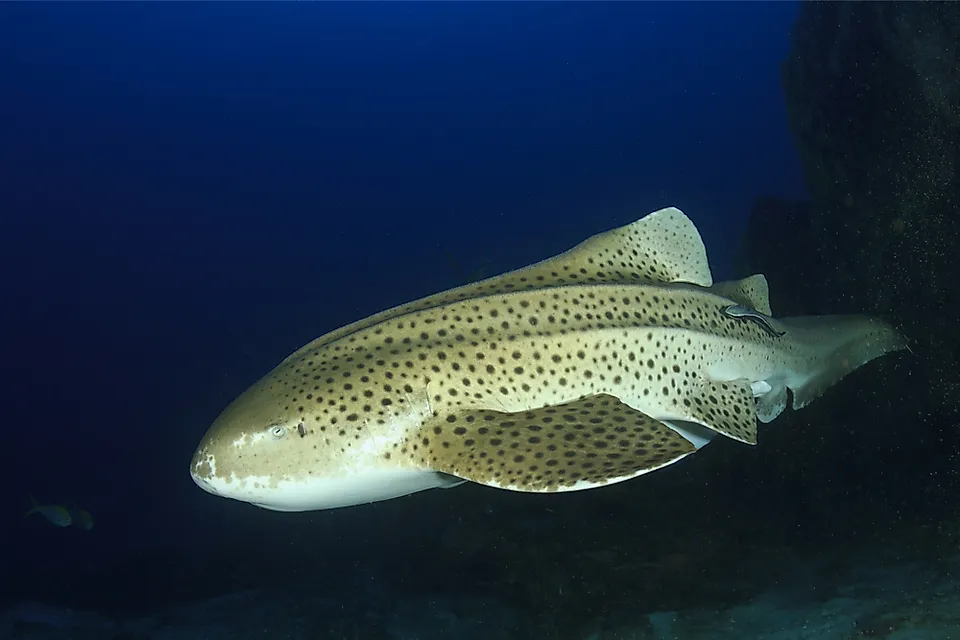
Sharks Around the World
More than 400 shark species live throughout the oceans of the world. Sharks make up an important part of the ocean ecosystem as primary predators. This role places sharks at the top of the food chain, which means their presence controls the population size of species located further down the food chain. As a result, their ability to survive and reproduce affects all ocean wildlife.
A shark's skeleton is composed of cartilage rather than bone. This unique characteristic places all sharks within the same fish family. Despite belonging to the same family and sharing similar skeletons, shark species are characterized by a number of physical differences. One of the most notable differences among sharks is size. Some sharks are as small as a few inches in length, while others can reach a length of more than 30 feet. In fact, the largest fish species in the world is the whale shark, which grows to between 32 and 55 feet in length.
Shark Reproductive Behavior
In general, sharks reach reproductive maturity between the ages of 12 and 15 years. Additionally, these species share similar reproductive behavior in that they practice internal fertilization. This fertilization behavior means that male sharks release sperm inside female sharks to fertilize eggs. Only 1 or 2 eggs are fertilized at a time, which contributes to slow population growth and recovery.
The difference in shark reproductive behavior is that some sharks give birth to live babies. These sharks are known as viviparous. Other sharks, however, lay eggs and are known as oviparous. This article takes a closer look at egg-laying shark species.
Egg-Laying Sharks
Researchers report that around 40% of all sharks in the world are oviparous, or egg-laying. Shark eggs are protected by a special case, also known as a mermaid’s purse, when they are laid. Sometimes these egg cases have long strands hanging from them, which serve as an anchor and allow the egg case to attach to seaweed and coral at the bottom of the ocean floor. In other cases, shark egg cases sink to the bottom of the ocean, where they rest under rocks or other ocean floor debris. The mermaid’s purse is often slightly transparent, which allows the development of the embryo to be observed.
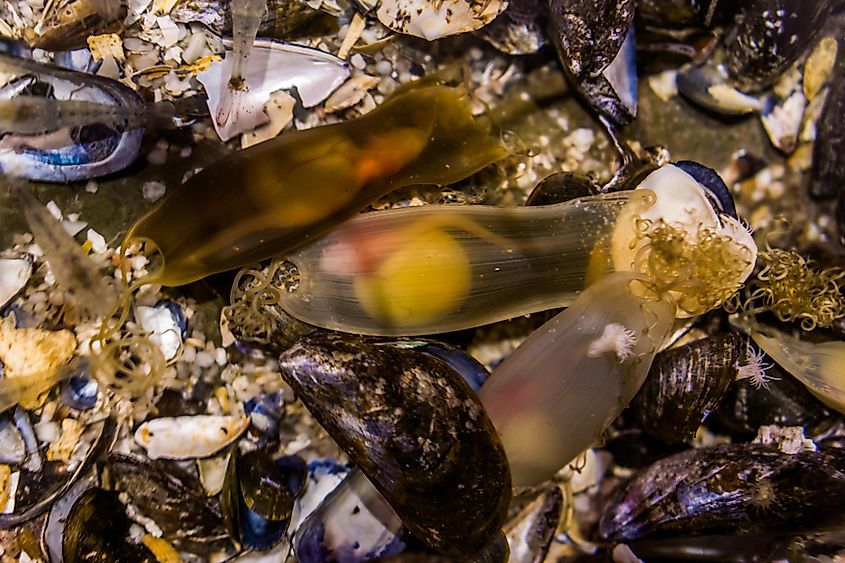
Shark eggs are filled with a yolk that serves as a source of nutrition for the developing shark. This extra nutrition during the embryonic development stage helps the shark to hatch with a high level of maturity, which works to ensure a greater chance of survival for the newly hatched young. The constitution of shark eggs is different from that of other fish eggs, which are not comprised of yolk. Shark babies, also known as pups, are therefore more independent at birth and do not require extra care. This independence means that adult life begins the moment they hatch, when they go on to swim, migrate, hunt, and eventually, reproduce.
Hatching time varies by species of shark. In some cases, the embryo relies on the egg yolk as a food source, in which case hatching may take multiple months. In other cases, the egg is allowed to develop for longer while inside of the mother shark, and therefore hatching time is shorter.
Which Sharks Lay Eggs?
As previously mentioned, 40% of all shark species lay eggs. Some of the many egg-laying shark species include carpet sharks, bamboo sharks, zebra sharks, and bullhead sharks.
Carpet Sharks
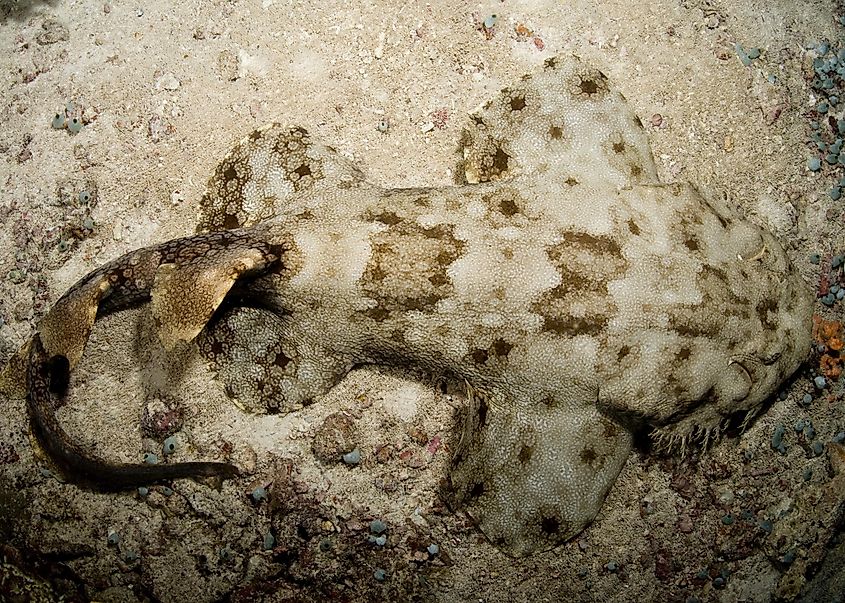
Carpet sharks inhabit all of the oceans of the world, although this species is primarily concentrated in the Indo-Pacific region. The term “carpet shark” actually refers to a number of shark species that belong to the Orectolobidae family. All carpet sharks have two dorsal fins, five gills, and a small mouth opening. In this family of sharks, females lay eggs in varying methods. Some female carpet sharks deposit eggs into the previously mentioned protective egg case, while others simply lay eggs with no protective case. Researchers have observed that in some cases, the female works to more completely protect the egg by pushing it between rocks at the bottom of the ocean floor in order to hide it from potential predators. Zebra sharks are included in this category. Some species of carpet sharks do, however, have live births.
Bamboo Sharks
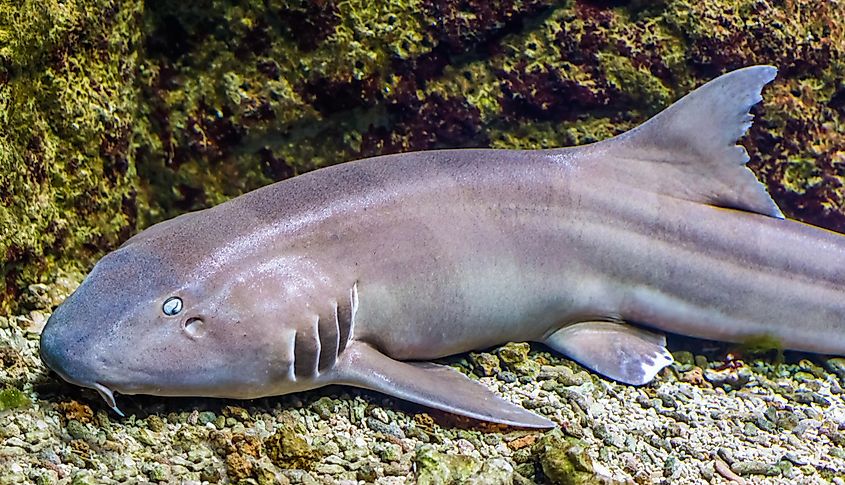
Bamboo sharks, both the whitespotted and brownbanded varieties, are oviparous as well. The whitespotted shark is relatively small, growing to only around 37 inches in length. This species can be found in the Pacific ocean, where they are particularly concentrated around the coral reefs located within the waters of Indonesia. The female whitespotted bamboo shark lays an egg that is around 5 inches in length and takes between 14 and 15 weeks to hatch. Interestingly, researchers discovered that a female in captivity at the Belle Island Aquarium in the US state of Michigan laid several eggs, of which thre developed fully and hatched. This event occurred after she had been isolated from other males for approximately 6 years. Theories to explain this anomaly include that bamboo sharks have both male and female organs, female bamboo sharks perform parthenogenesis (which is producing a fertilized egg with no male organs), and female bamboo sharks can carry previously deposited sperm for long periods of time.
Bullhead Sharks
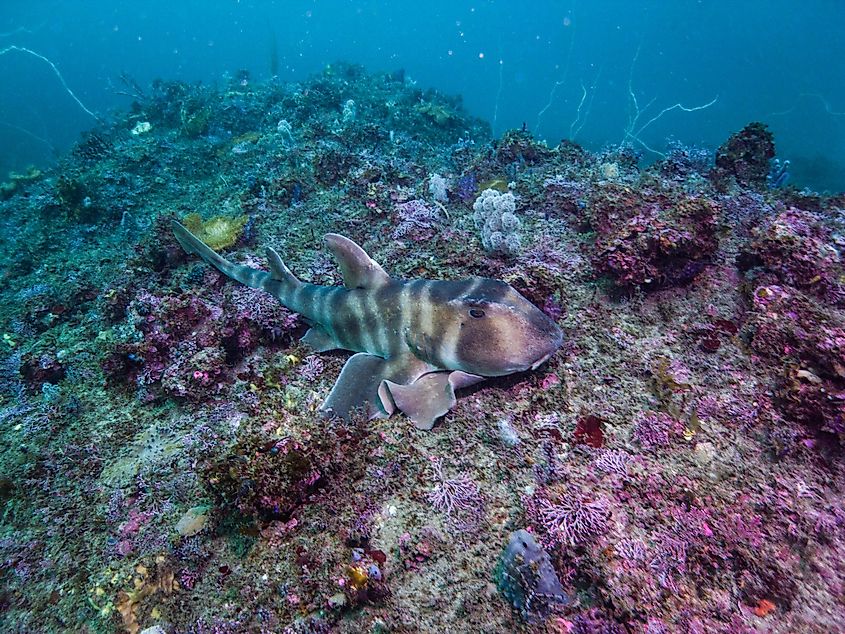
Bullhead sharks are another egg-laying shark species. This type of shark is divided into 9 distinct species, all of which belong to the Heterodontidae fish family. All bullhead shark species prefer to inhabit warm, tropical waters and search for food along the bottom of the ocean floor among rocky reef areas. Mollusks, crustaceans, and sea urchins make up the majority of its diet. The largest of these species can reach lengths of up to 5.5 feet, while the smallest of these species reach only 2 feet in length. The bullhead shark is considered a relatively small shark species. Bullhead sharks are recognized for their swimming style, which is generally described as a back-and-forth type of wiggling. The female bullhead shark lays slightly pointed, oval-shaped eggs, which she pushes down between cracks in rocks at the bottom of the ocean. This behavior serves to protect the embryo, allowing for its full development.











